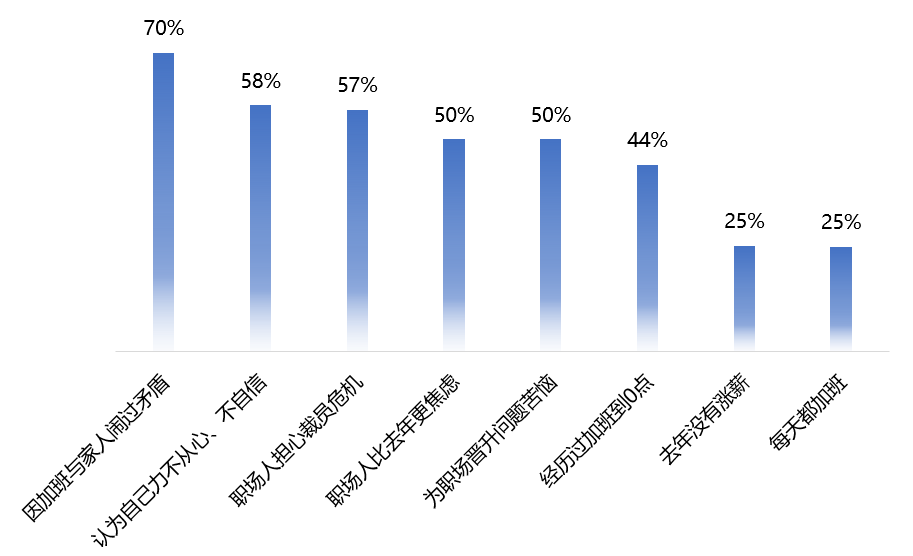import torch
from sklearn.datasets import make_regression
import matplotlib.pyplot as plt
import random
#1.构建数据
#构建数据集
def create_dataset():
x,y,coef=make_regression(n_samples=100,
n_features=1,
random_state=0,
noise=10,
coef=True,
bias=14.5)
#将构建数据转换为张量类型
x=torch.tensor(x)
y=torch.tensor(y)
return x,y
#构建数据加载器
def data_loader(x,y, batch_size):
#计算下样本的数量
data_len = len(y)
#构建数据索引
data_index=list(range(data_len))
random.shuffle(data_index)
#计算总的batch数量
batch_number=data_len//batch_size
for idx in range(batch_number):
start=idx+batch_size
end=start+batch_size
batch_train_x=x[start:end]
batch_train_y=y[start:end]
yield batch_train_x,batch_train_y
def test01():
x,y=create_dataset()
plt.scatter(x,y)
plt.show()
for x,y in data_loader(x,y,batch_size=10):
print(y)
#2.假设函数、损失函数、优化方法
#损失函数:平均损失
#优化方法:梯度下降
#假设函数
w=torch.tensor(0.1,requires_grad=True,dtype=torch.float64)
b=torch.tensor(0.1,requires_grad=True,dtype=torch.float64)
def linear_regression(x):
return w*x+b
#损失函数
def square_loss(y_pred,y_true):
return torch.square(y_pred - y_true)
#优化方法
def sqd(lr=1e-2):
#除以16是使用的是批次样本的平均梯度
w.data=w.data-lr*w.grad.data/16
b.data=b.data-lr*b.grad.data/16
if __name__ == '__main__':
test01()








![[PM]数据分析](https://img-blog.csdnimg.cn/img_convert/c6d293b0a8d1c5186c81270445e72844.png)


![[保姆级教程]uniapp安装使用uViewUI教程](https://i-blog.csdnimg.cn/direct/3df166e105c34384bb7c06fc8facb30e.png)









